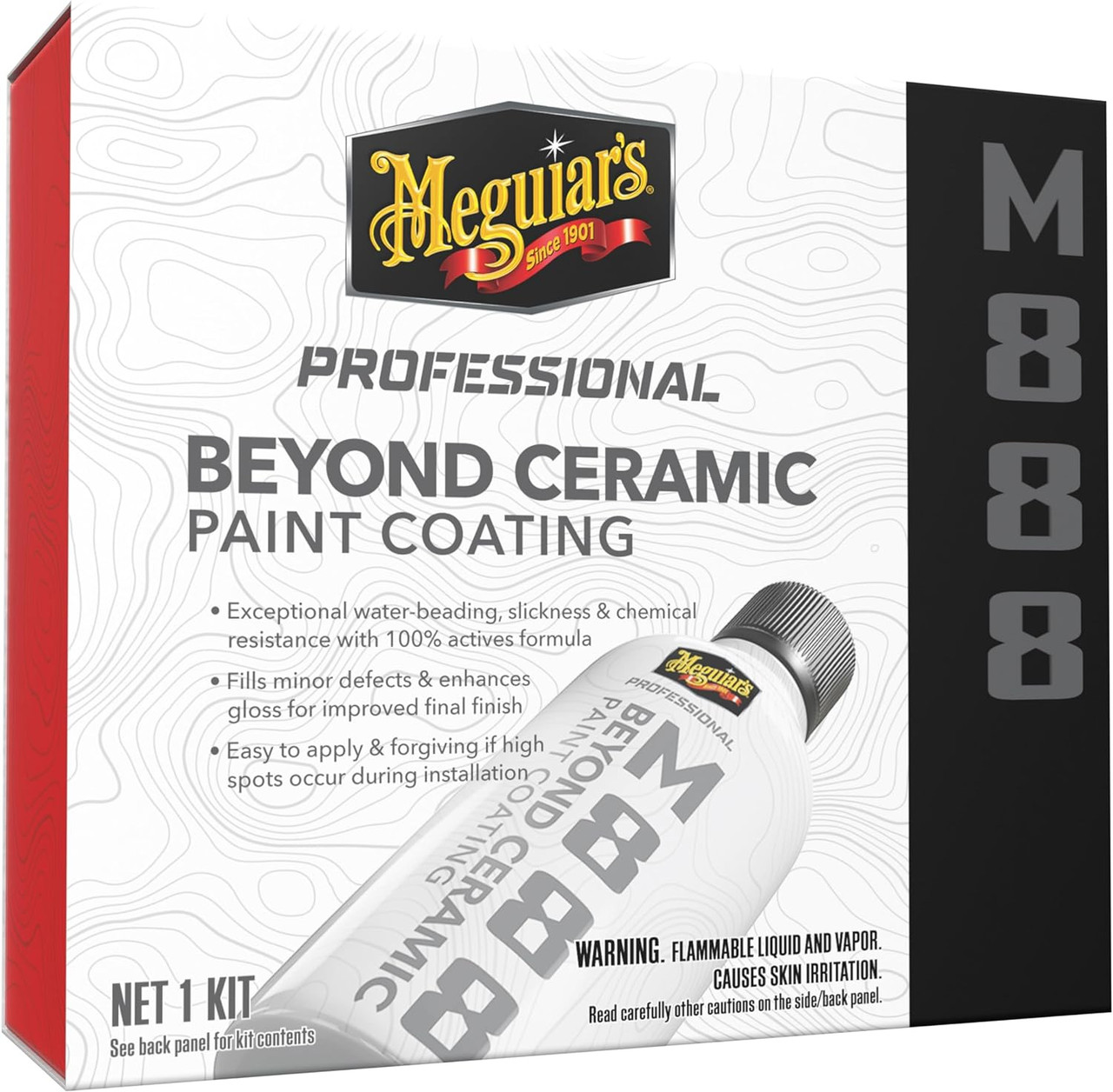6 Steps For Effective Car Rust Prevention And Treatment
9th Feb 2024
Rust can be a silent destroyer, eating away at metal parts and structures, causing both cosmetic and structural damage. It's an issue that anyone dealing with metal, from car owners to industrial workers, encounters. Preventing rust not only saves money but also extends the lifespan of your metal assets.
Understanding the causes of rust is the first step towards effective prevention and treatment. Moisture, oxygen, and the presence of certain chemicals can accelerate the rusting process. Simple practices can make a big difference in combating this relentless enemy, from keeping surfaces dry to applying protective coatings.
In this blog, we will explore six straightforward steps to prevent and treat rust, tailored for car owners. Whether you're a DIY enthusiast or a professional, these tips will provide valuable insights into keeping your tools and equipment rust-free.
6 Steps for Effective Car Rust Prevention and Treatment
Protecting your car from rust is crucial for its longevity and performance. Our guide offers six advanced steps to shield your vehicle from corrosion. Dive into these techniques for a durable, rust-free car experience.
1. Ceramic Coatings for Long-lasting Protection
Ceramic coatings represent a significant advancement in car care technology. When applied, this liquid polymer adheres to the vehicle's surface, creating a bond with the paint that can be either permanent or semi-permanent, depending on the product used. This bond forms a protective layer that is much harder and more resistant to environmental damages than traditional waxes or sealants. The coating's hydrophobic nature repels water and dirt, making it easier to keep the car clean while protecting against rust-inducing elements. Moreover, ceramic coatings provide UV protection, reducing the risk of paint fading and the subsequent exposure of metal to corrosive elements.
2. Electronic Rust Protection Systems
Electronic rust protection, also known as cathodic protection, is a sophisticated method used to halt the corrosion process. By attaching a small device to your vehicle, a weak electric current is distributed across the car's metal body, interfering with the electrochemical reaction that causes rust. This method is highly effective for vehicles frequently exposed to moisture and salt, especially in coastal or snowy regions. Installation is straightforward, but consulting a professional is recommended to ensure optimal performance. Once in place, the system offers continuous protection without the need for regular reapplications.
3. Undercarriage Washes with Rust Inhibitor
Undercarriage cleaning, coupled with the application of a rust inhibitor, is an essential maintenance step for vehicles exposed to harsh conditions. This process involves high-pressure washing to remove dirt, salt, and grime from the underside of the car. Following the wash, a professional should apply a rust inhibitor, or it should be applied according to the manufacturer's instructions. This forms a protective layer that repels moisture and chemicals. Regular undercarriage maintenance not only prevents rust but also helps to identify and address any early signs of corrosion, extending the lifespan of your vehicle.
4. Protective Undercoatings for Underbody Defense
Protective undercoatings offer a robust solution to shield your car's underbody from rust. This thick, tar-like substance is sprayed onto the vehicle's chassis, sealing it off from harmful elements like water, salt, and debris. The undercoating also provides a layer of insulation against road noise, offering a quieter driving experience. It's particularly recommended for new vehicles or those in good condition to prevent the onset of rust. The application might require professional assistance, with regular inspections recommended to ensure ongoing protection.
5. Moisture Absorbers for Interior Dryness
Maintaining a dry interior is crucial for preventing rust inside your vehicle. Moisture absorbers or car-specific dehumidifiers play a vital role in achieving this. These devices work by absorbing excess moisture from the air. For optimal effectiveness, replace or check moisture absorbers regularly. This is particularly important for vehicles in humid climates or those that are stored for extended periods without use. Simple to use and inexpensive, moisture absorbers can be placed under seats or in other discreet locations, providing ongoing protection against the internal conditions that can lead to rust.
6. Ventilation Strategies for Stored Vehicles
Proper ventilation is key when storing a vehicle to prevent rust. Stagnant, moist air can create an environment conducive to rust formation, especially if the vehicle is stored in an enclosed space like a garage. To reduce moisture levels, implement secure ventilation strategies, particularly if leaving windows open is not safe. Additionally, breathable car covers designed for air circulation can significantly aid in rust prevention. For those storing classic or seasonal vehicles, investing in a climate-controlled storage facility can offer the best protection against rust and other environmental damages.
Choose JB Tools Tools For Rust Free Experience
At JB Tools, we're dedicated to ensuring your car remains in top condition. Visit JB Tools today to find the best rust prevention solutions tailored to your vehicle. Whether you're looking for cleaning equipment, safety equipment, or accessories we've got you covered.
Choosing JB Tools means opting for reliability and quality. Our expert team is always on hand to advise on the best products for your specific needs, ensuring you get the most effective rust prevention and treatment solutions available. With competitive prices and a commitment to customer satisfaction, JB Tools is your go-to source for all things related to car health and safety. Protect your investment with our comprehensive range of tools and accessories, and enjoy a rust-free experience for years to come.




